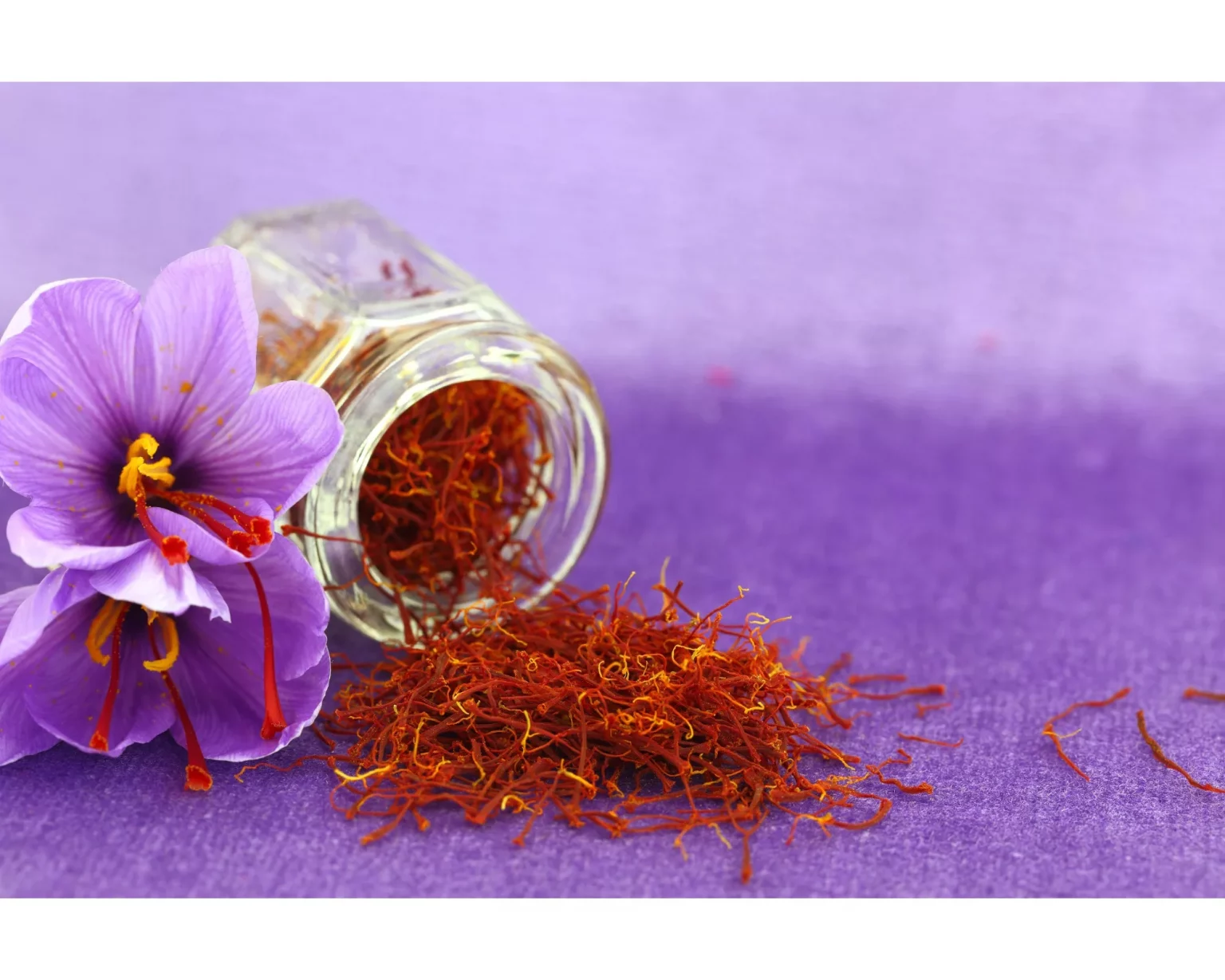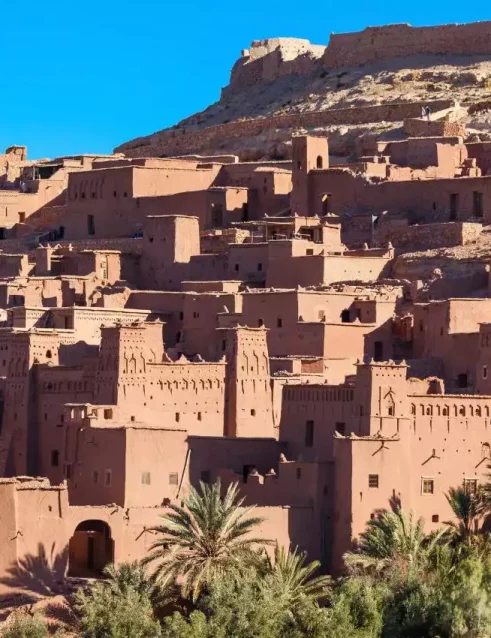The Magic of Moroccan Food: A Delectable Journey Through Time and Taste

The History of Moroccan Cuisine
- The Berber Influence
The Berbers, the indigenous people of North Africa, have had a profound impact on Moroccan cuisine. Their culinary traditions date back thousands of years, incorporating native ingredients such as olives, figs, and dates. The Berbers introduced staples like couscous and preserved lemons, which are still central to Moroccan dishes today.
- Arab Conquest and Andalusian Influence
In the 7th century, Arab forces from the Arabian Peninsula conquered North Africa, bringing with them their own culinary traditions. Spices such as saffron, cumin, and cinnamon were introduced to Moroccan cuisine during this time. Additionally, the Arabs’ sweet-and-sour flavor combinations have become a hallmark of Moroccan dishes.
In the 8th century, Moors from the Iberian Peninsula (modern-day Spain and Portugal) crossed the Strait of Gibraltar and settled in Morocco. The Andalusian influence added more complexity to the already diverse Moroccan food. They introduced sophisticated cooking techniques and new ingredients, such as almonds, oranges, and sugar.
- Ottoman Influence
In the 16th century, the Ottoman Empire expanded into North Africa, leaving its mark on Moroccan cuisine. Dishes like b’stilla, a savory-sweet meat pie, are a testament to the Ottoman influence.
- French Colonial Era
From 1912 to 1956, Morocco was under French colonial rule. The French influence is evident in some aspects of Moroccan food, particularly in the use of butter and the emphasis on pastries and desserts.
Ingredients and Spices
Moroccan cuisine is known for its rich and aromatic flavors, which are achieved through the use of various spices and ingredients. Some of the most commonly used ingredients in Moroccan dishes include:

Spices
- Ras el hanout: A complex blend of spices, typically including cardamom, cumin, clove, cinnamon, nutmeg, mace, allspice, dry ginger, chili peppers, coriander, peppercorn, and paprika. Ras el hanout translates to “head of the shop” and is a symbol of the best spices a merchant has to offer.
- Cumin: A warm, earthy spice that is a staple in Moroccan cuisine.
- Paprika: Adds a mild, sweet flavor and vibrant color to dishes.
- Saffron: A luxurious, expensive spice that imparts a subtle flavor and golden hue to dishes.
- Cinnamon: Used in both sweet and savory dishes, cinnamon adds warmth and sweetness.
Herbs
- Fresh cilantro: Adds a bright, citrusy flavor to dishes.
- Parsley: Used to add a fresh, herbaceous taste.
- Mint: Often used in teas and salads, mint adds a refreshing touch.
Fruits and Vegetables
- Olives: A staple in Moroccan cuisine, used for their oil and as a garnish.
- Preserved lemons: Lemons that have been pickled in salt and lemon juice, imparting a tangy, intense flavor to dishes.
- Dates and figs: These sweet, chewy fruits are often used in desserts and salads, adding natural sweetness and texture.
- Tomatoes: A key ingredient in many Moroccan sauces and salads, tomatoes add acidity and freshness.
Grains and Legumes
- Couscous: A staple in Moroccan cuisine, couscous is a type of semolina pasta that is steamed and often served with vegetables, meats, or stews.
- Lentils and chickpeas: These legumes are used in a variety of dishes, from soups to salads, providing protein and fiber.
Proteins
- Lamb and beef: These meats are commonly used in Moroccan dishes, often slow-cooked in tagines or grilled as kebabs.
- Chicken: A versatile protein, chicken is used in a variety of dishes, such as tagines and b’stilla.
- Seafood: Due to Morocco’s extensive coastline, seafood features prominently in Moroccan cuisine, with dishes like fish tagine and seafood pastilla.

Traditional Moroccan Dishes
- Tagine
Tagine is a slow-cooked stew named after the conical clay pot in which it’s cooked. This dish often features meat, such as lamb, beef, or chicken, combined with vegetables, fruits, and a medley of spices. The slow cooking process allows the flavors to meld, resulting in a tender, flavorful meal.
- Couscous
Couscous is a traditional Moroccan dish made from steamed semolina grains. It is often served as a base for tagines or topped with vegetables, meats, or legumes. Couscous can be prepared in a variety of ways, including sweet or savory, and can be served hot or cold.
- Harira
Harira is a hearty Moroccan soup made from tomatoes, lentils, chickpeas, and an assortment of spices. This soup is traditionally served during Ramadan to break the daily fast, but it can also be enjoyed as a warming meal during colder months.
- B’stilla
B’stilla is a savory-sweet Moroccan pie made with layers of thin, flaky pastry called warqa. Traditionally, b’stilla is filled with pigeon, but modern versions often use chicken or seafood. The filling is seasoned with a blend of spices, and the pie is topped with ground almonds, cinnamon, and powdered sugar.
It is traditionally done with pigeons, because it was a dish that is usually served in big gatherings and celebrations, feasts (weddings, birth, engagements, circumcisions… )
And the dish comes from Spain, when the Moores were ran down from Spain, and went to Morocco to hide, they brought with them multiple recipes including the pastilla. It is served as a starter dish.
- Zaalouk
Zaalouk is a smoky eggplant and tomato salad that is typically served as a side dish or appetizer. The eggplant is roasted to bring out its smoky flavor, then mashed and combined with tomatoes, garlic, and a variety of spices. Zaalouk is often enjoyed with crusty bread.

Modern Adaptations and Fusion Cuisine
As Moroccan cuisine gains popularity worldwide, chefs and home cooks alike are experimenting with Moroccan flavors and techniques to create new, innovative dishes. Some modern adaptations and fusion cuisine ideas include:
- Moroccan-spiced roasted vegetables: Roast seasonal vegetables with a blend of Moroccan spices, such as cumin, paprika, and ras el hanout, for a flavorful and healthy side dish.
- Moroccan-inspired grain bowls: Build a hearty grain bowl with couscous or quinoa, spiced roasted vegetables, marinated proteins like chicken or tofu, and a drizzle of tahini sauce or yogurt.
- Moroccan-style pizza: Top a pizza crust with ingredients like spiced ground lamb or beef, roasted red peppers, olives, feta cheese, and a sprinkle of fresh cilantro.
- Moroccan hummus: Blend traditional hummus with Moroccan spices, such as cumin, paprika, and a touch of cinnamon, for a unique twist on a classic dip. Garnish with chopped preserved lemons and fresh herbs.
- Moroccan-inspired tacos: Fill soft taco shells with spiced, slow-cooked meats like lamb or chicken, and top with a fresh tomato and cucumber salad, yogurt sauce, and a sprinkle of fresh mint.
- Moroccan-style shakshuka: Prepare a spiced tomato sauce with Moroccan flavors like cumin, paprika, and a touch of cinnamon, then poach eggs in the sauce for a delicious breakfast or brunch dish.
Conclusion
Moroccan food offers a rich tapestry of flavors and textures that has been shaped by centuries of cultural exchange and culinary innovation. From traditional dishes like tagines and couscous to modern adaptations and fusion cuisine, Moroccan food continues to captivate and inspire food lovers around the world. Whether you’re a seasoned cook or just starting to explore new flavors, Moroccan cuisine provides a wealth of inspiration and a chance to embark on a delectable journey through time and taste.









